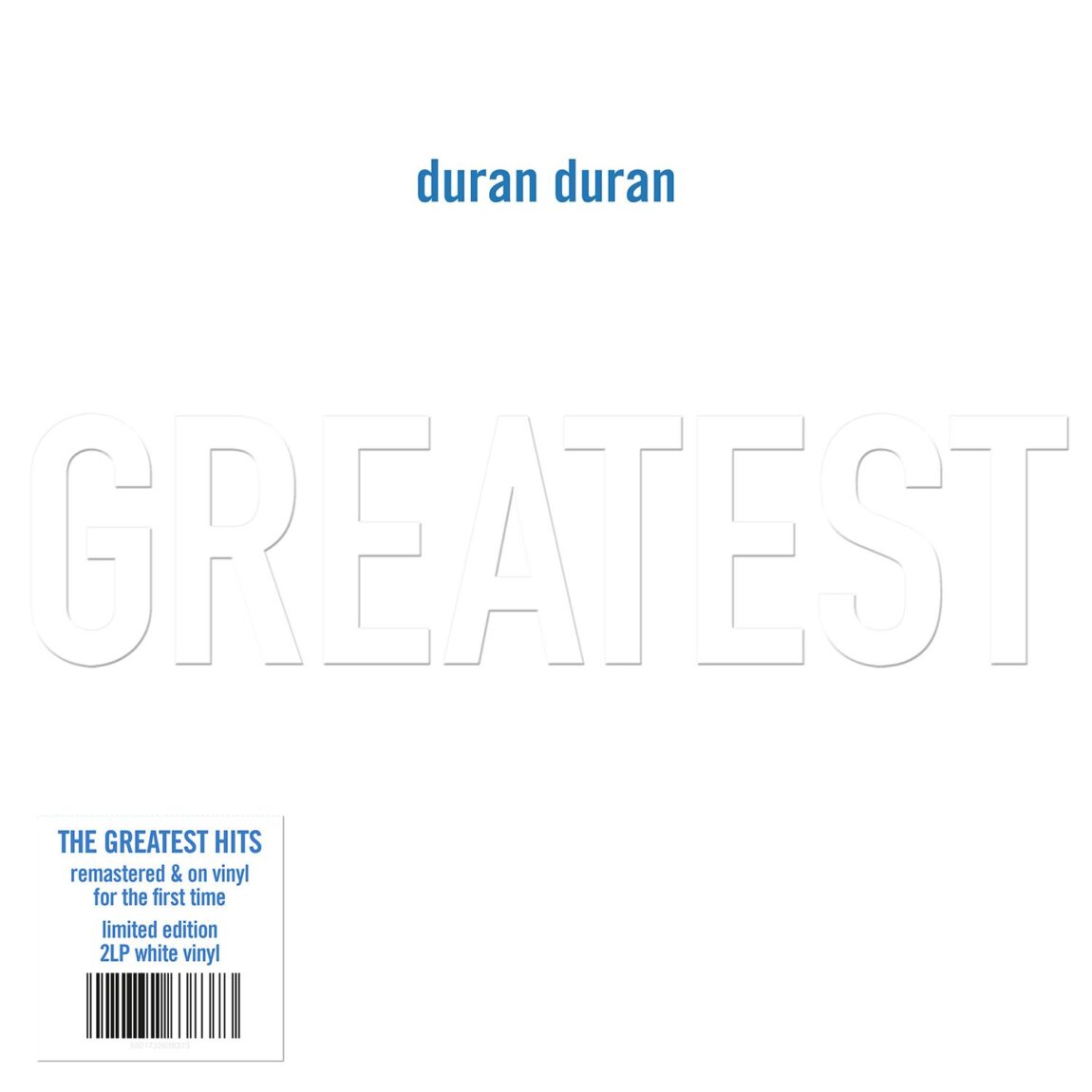If Duran Duran was the most stylish band of the '80s, keyboardist Nick Rhodes was the band’s esthete principale, pushing the envelope of style (over the years a head-swirling list of iconic designers from Versace to Dolce & Gabbana has created stagewear for the band) and following his multimedia muse into photography and other arts. To this day, Rhodes lives out the fashion-forward, style-conscious mix of art-for-art’s-sake and life-is-a-party credos that defined the UK New Romantic movement from which Duran Duran was born.
On a respite from band activities, the man who was once quoted as saying “I don’t do casual. I never wear jeans” has both an album release and a photo exhibition in the offing. Bored With Prozac and the Internet? is a project Rhodes worked on back in 1996 with Duran Duran guitarist Warren Cuccurullo under the name TV Mania. “But then life took over,” explains Rhodes. “We finished the Duran album [1997’s Medazzaland], went out on a long tour, came back, did another album, went on a tour… by this time the tapes had gotten lost in the ether, and some years ago I just thought they were lost forever. But then about 18 months ago I happened to be in one of our tape storage places looking for something else, and I flipped open a box, and to my absolute astonishment, it was Bored With Prozac and the Internet?, which had been mislabeled and put into another box.”
TV ManiaThe album, with themes presaging the rise of privacy-eroding reality TV shows and other techno-social developments, arrives on March 11 as a time capsule of the mid '90s zeitgeist. “It was an interesting time culturally," remembers Rhodes, "and we’d come up with this concept of a dysfunctional family: a mother, husband, daughter, and son, and they were sort of stereotypes of all the disasters in our society. And what we’d got going on in our society in 1996, the Internet proliferation was just starting to really spread, Prozac was fairly new, and there was a lot of technology that was pretty new too, even for music. It was the first time we’d done a lot of sampling, and we’d take samples from people talking, from TV shows, and actually write the songs from those samples.”
On the visual side of things, Rhodes, whose passion for photography goes way back, has a photo show in London that’s a more contemporary offshoot of the TV Mania project. “I was doing some photos for the TV Mania album package,” he relates, “because we’re putting out a beautiful vinyl package as well as the online release, and I was photographing a girl as our character from the [album’s] story. She really turned out to be something quite extraordinary, because she’s a real chameleon. Over the course of the day I realized that I’d gathered a lot more material than I needed, and some really fabulous stuff, and so I showed the record label, and they said, 'Well look, we’ve got a gallery here, why don’t you do a show with the other ones? Because they’re really something.'" (Bei Incubi runs from March 8 through April 5 at The Vinyl Factory Chelsea Gallery.)
Eternal aesthete Rhodes’ interest in visual arts is even at the heart of one of his most cherished memories among countless high-flying '80s nightlife adventures. “One of my personal favorites was, I went to Limelight,” he recalls fondly, “I was leaving New York at 6 am the following morning. I thought, I’ll just go out and have a quick drink. I bumped into a friend there, a young gallery owner called Yves Arman, and he said to me, 'Listen, I’ve got this Marcel Duchamp show on at the moment, why don’t you come over and have a look?' I said, 'I can’t, I’m leaving at six in the morning.' He said, 'Alright, let’s go now!' It was about 2 in the morning. So I went and got a limo, one of those fabulous nouveau riche old-style '80s limos where you could open the sun roof up, and the stars in New York were shining even though you don’t see them so much with all that light pollution. We got there and he unlocked his gallery that had all the best Marcel Duchamp pieces, that he’d gathered in one room. We looked around there till about four or five in the morning, and then I got on a plane to play a show somewhere the next day. But that sort of stuff only happens in New York.”
Pumped for more vintage New York nightlife tales, he recalls wistfully, “MK, I had an amazing birthday party there once, which I won’t forget. I had some great birthday parties in New York, one where Andy Warhol and Quentin Crisp hadn’t seen each other for a long time, and they were both there, that was very bizarre, but in a beautiful way. New York has an energy unlike any other town,” Rhodes rhapsodizes. “I still to this day get such an adrenaline rush when I get off the plane there and I’m there even for a few days.”
Read more at Societe Perrier


